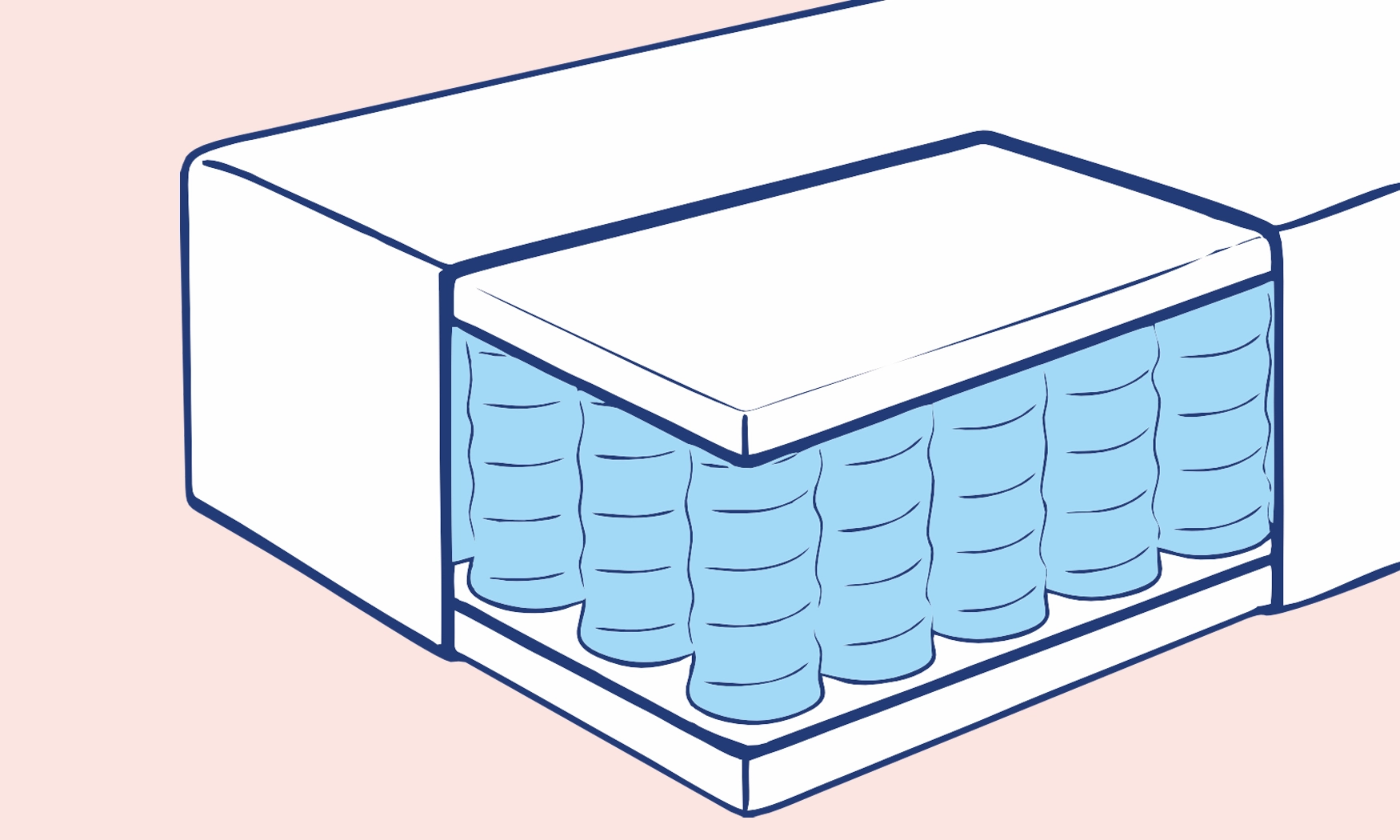To provide services at the highest level, we use cookies. Using the website requires you to choose settings related to their storage on your device. If you want to know what each type of cookie is used for, click the Details button below.
What secrets do bonnell springs hide?15 stycznia 2024 |

Bonnell springs are structural elements used in mattresses, made from a single block of steel springs. These springs are coiled together to provide elasticity and basic dynamics. In reality, Bonnell springs do not offer proper support and flexibility during sleep, as they have several drawbacks. However, they are a cost-effective material, making them common in budget-friendly mattresses.
The only advantage of bonnell springs is their relatively low production cost, although this doesn't always translate to a low mattress price due to manufacturer and retailer markups. However, their disadvantages, such as lack of spine support and a tendency to quickly sag, exclude them from being considered good materials for mattress production. This makes bonnell springs not the best choice, especially for individuals with even average expectations regarding sleep comfort.
The choice between foam and springs depends primarily on budget constraints and consumer awareness. High-density foam, due to its dynamics and support, provides the best body contouring, offering the most comfortable sleep. Springs, on the other hand, can be less durable, and they don't provide adequate support while also transferring body movements. Additionally, steel springs conduct electromagnetic waves.
Bonnell springs are unsuitable for sleeping due to significant drawbacks. The most notable is the lack of individual body support and the rapid bending of the steel. Furthermore, bonnell springs are known for creaking at night, which can be persistent, especially on double mattresses.
Bonnell springs and pocket springs differ in their construction. Bonnell springs consist of a single block of coiled steel springs, functioning as a unified steel element, usually made of small-diameter steel. On the other hand, pocket springs typically have a larger diameter, making them more massive and shaped like a sine wave. They are placed in mattresses and furniture in the form of strips rather than a single block, providing greater stability and firmness, making them less dynamic.